Album Photos de Achim
Membre depuis le 26 Février 200817
Photos
Photos
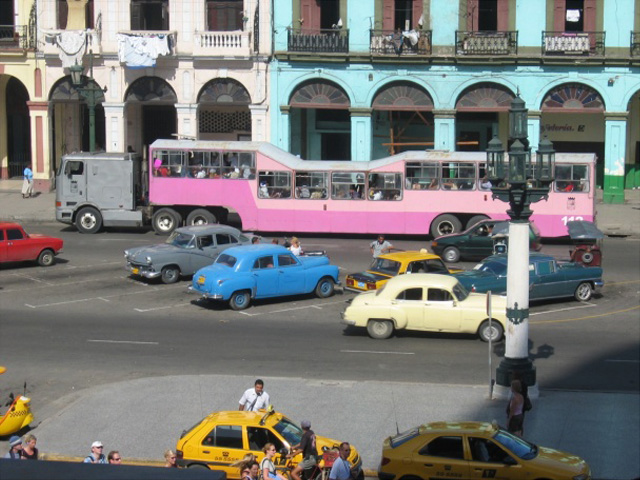 MetroBus, camello (camels) downtown Havana, Cuba
MetroBus, camello (camels) downtown Havana, Cuba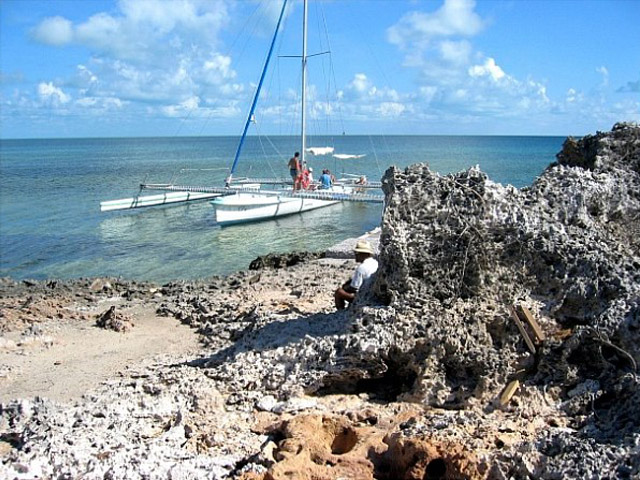 Catamaran on Cayo Largo del Sur or Cayo Largo, Cuba's Canarreos Archipelago in the Caribbean Sea
Catamaran on Cayo Largo del Sur or Cayo Largo, Cuba's Canarreos Archipelago in the Caribbean Sea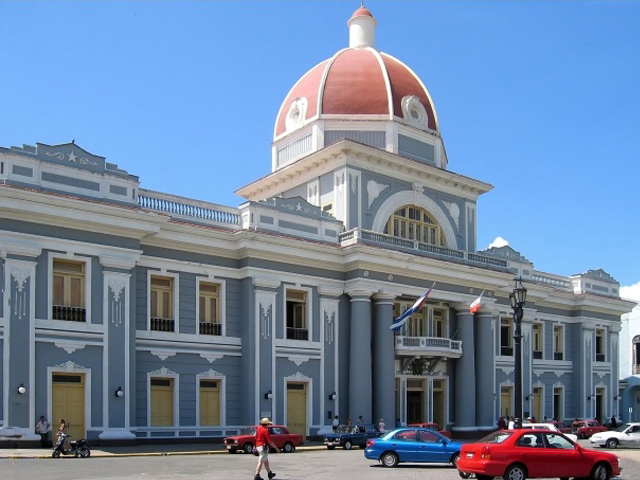 Town Hall of Cienfuego. Cienfuego is built on an inland harbor connected to the Caribbean by a long channel. The outer shore alternates between rocky promontories and white sand beaches. Off shore from the beaches you can snorkel and swim out to reefs. A fort to protect the city from pirates guards the channel to Cienfuego.
Town Hall of Cienfuego. Cienfuego is built on an inland harbor connected to the Caribbean by a long channel. The outer shore alternates between rocky promontories and white sand beaches. Off shore from the beaches you can snorkel and swim out to reefs. A fort to protect the city from pirates guards the channel to Cienfuego.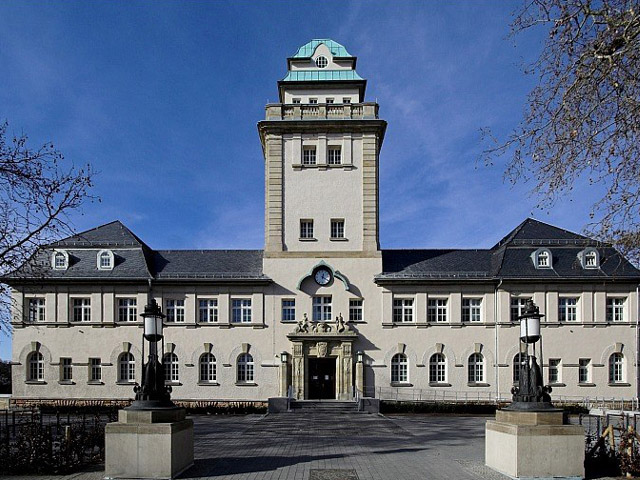 In 1903 the Swimming Hall was built in art noveau style. Restoration in 2007. Darmstadt, Hesse, Germany.
In 1903 the Swimming Hall was built in art noveau style. Restoration in 2007. Darmstadt, Hesse, Germany.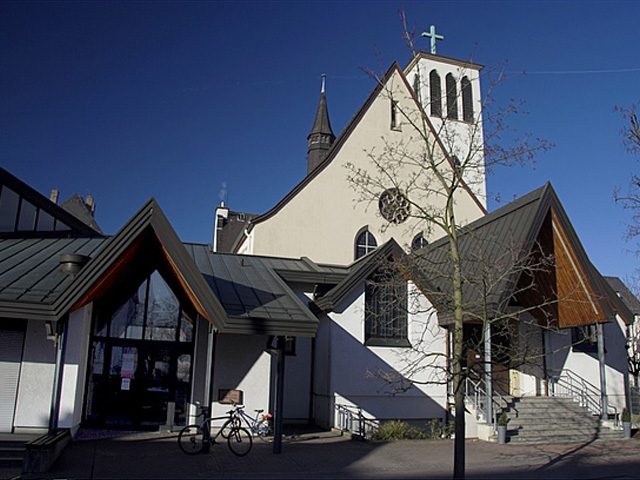 Church St. Josef built in 1911. 1993 the tower was added - Darmstadt
Church St. Josef built in 1911. 1993 the tower was added - Darmstadt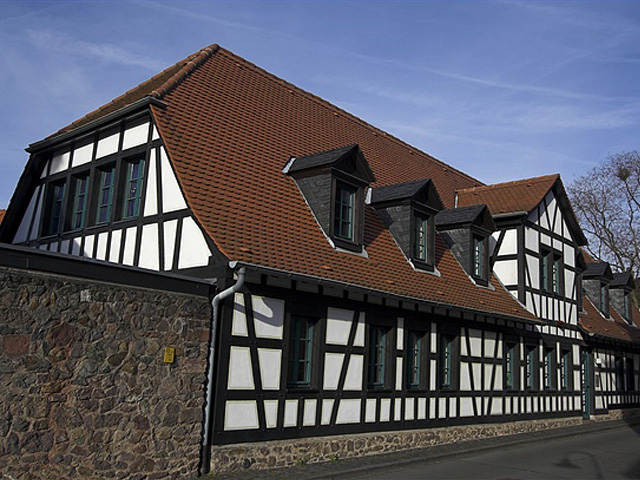 Old Forstmeister building built in 1709 by Earl Ludwig VII, Darmstadt in the Bundesland (federal state) of Hesse in Germany
Old Forstmeister building built in 1709 by Earl Ludwig VII, Darmstadt in the Bundesland (federal state) of Hesse in Germany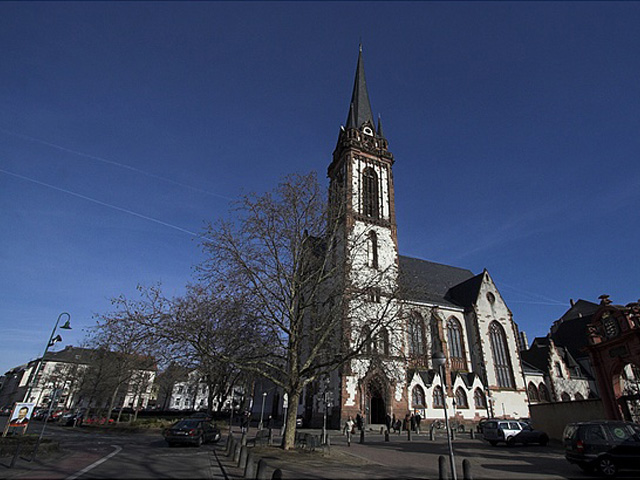 St. Elisabeth Church in the centre of Darmstadt. Construction begins on 4th Oct. 1903 and it takes two years.
St. Elisabeth Church in the centre of Darmstadt. Construction begins on 4th Oct. 1903 and it takes two years.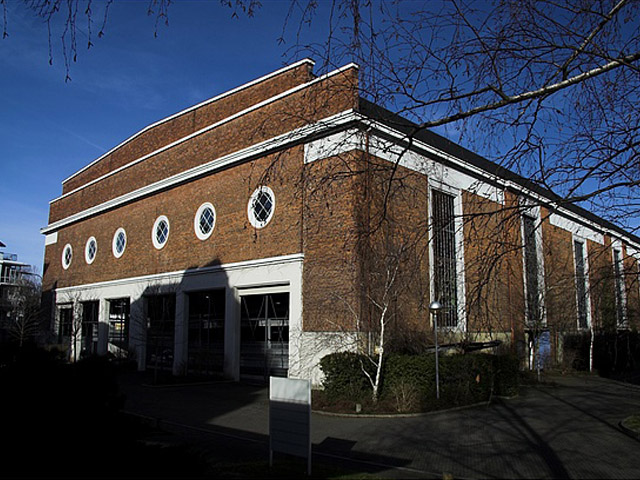 Old Zeppelin Hall in Darmstadt, today a multi-storey car park - Germany
Old Zeppelin Hall in Darmstadt, today a multi-storey car park - Germany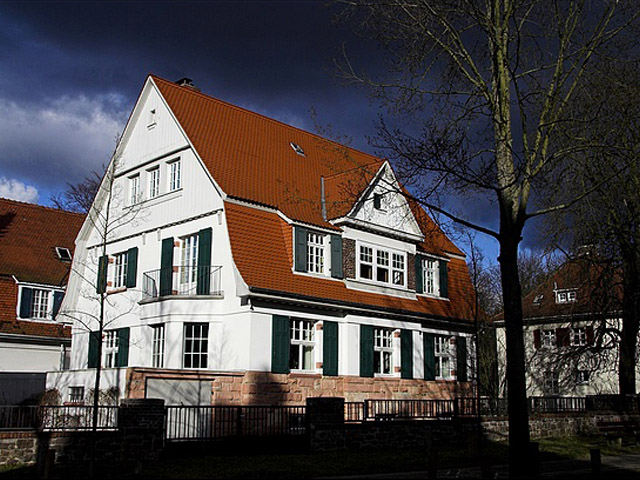 Old building at the Paulus quarter in Darmstadt, founded by the Counts of Katzenelnbogen in 1330
Old building at the Paulus quarter in Darmstadt, founded by the Counts of Katzenelnbogen in 1330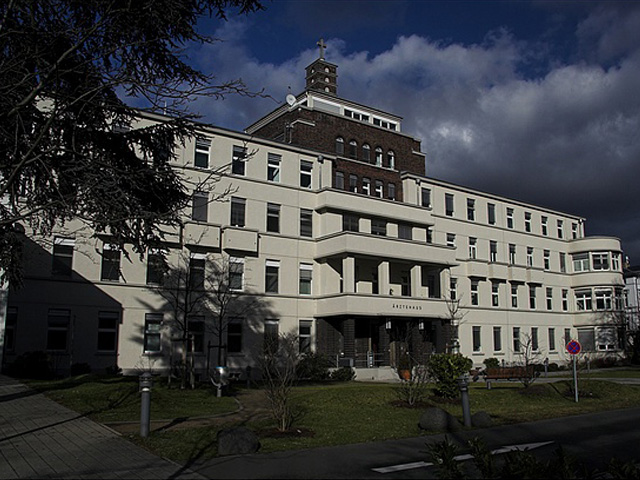 A hospital built in the 18th century in Darmstadt, Bundesland (federal state) of Hesse in Germany
A hospital built in the 18th century in Darmstadt, Bundesland (federal state) of Hesse in Germany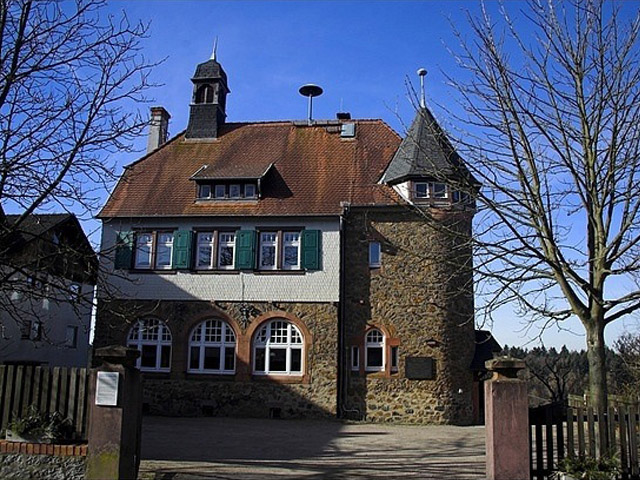 Old School in Lichtenberg, belonging to Fischbachtal in Hesse, Germany
Old School in Lichtenberg, belonging to Fischbachtal in Hesse, Germany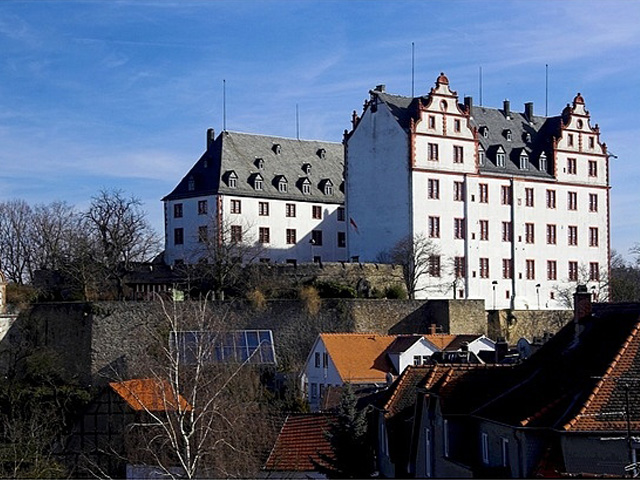 Castle Lichtenberg (Schloß Lichtenberg), Fischbachtal, southern Hesse (Germany) in the district Darmstadt-Dieburg
Castle Lichtenberg (Schloß Lichtenberg), Fischbachtal, southern Hesse (Germany) in the district Darmstadt-Dieburg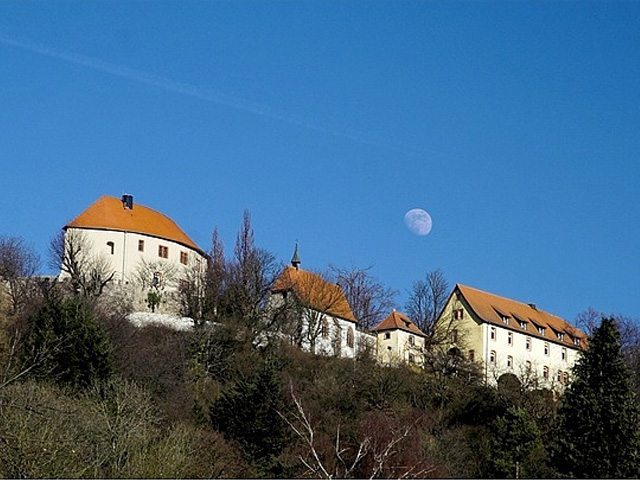 Reichelsheim Castel or Castel of Reichelsheim built in the 13th century, Reichelsheim, Germany
Reichelsheim Castel or Castel of Reichelsheim built in the 13th century, Reichelsheim, Germany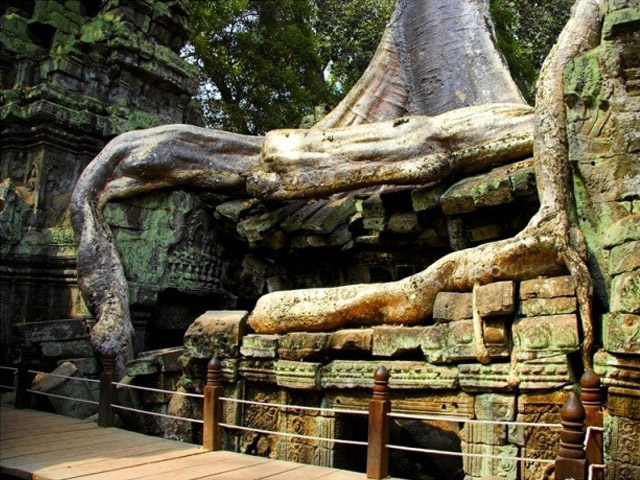 The outer wall measures 1km east-west and 650m north-south, certainly big enough to accomodate the 12,640 people mentioned in the temple's inscription. Within, another wall 250m x 220m marks the fourth enclosure (numbered, as usual with Khmer temples, from centre outwards). Similiar proportions are repeated at Preah Khan and Banteay Kdei, which were built at about the same time.
The outer wall measures 1km east-west and 650m north-south, certainly big enough to accomodate the 12,640 people mentioned in the temple's inscription. Within, another wall 250m x 220m marks the fourth enclosure (numbered, as usual with Khmer temples, from centre outwards). Similiar proportions are repeated at Preah Khan and Banteay Kdei, which were built at about the same time.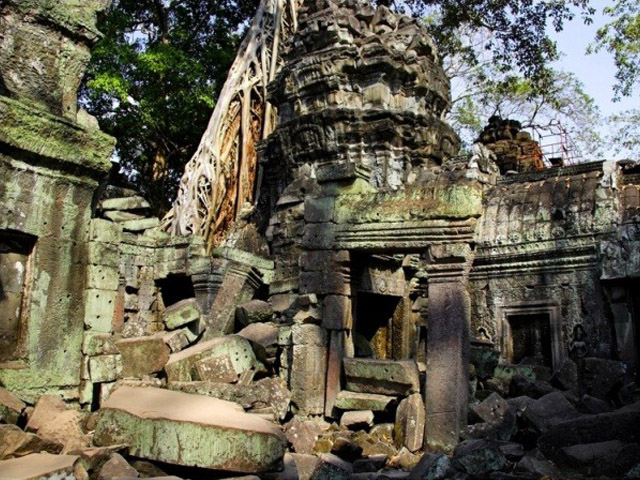 Ta Prohm (តាព្រហ្ម) - the trees that have grown intertwined among the ruins are especially responsible for Ta Prohm's athmosphere, and have promted more writers to descriptive excess than any other feature of Angkor. There are two species: the larger is the silk-cotton tree distinguished by its thick, pale brown roots with a knobbly texture, the smaller is the strangler fig, with a greater mass of thinner, smoother grey roots. Angkor, Cambodia (កម្ពុជា)
Ta Prohm (តាព្រហ្ម) - the trees that have grown intertwined among the ruins are especially responsible for Ta Prohm's athmosphere, and have promted more writers to descriptive excess than any other feature of Angkor. There are two species: the larger is the silk-cotton tree distinguished by its thick, pale brown roots with a knobbly texture, the smaller is the strangler fig, with a greater mass of thinner, smoother grey roots. Angkor, Cambodia (កម្ពុជា)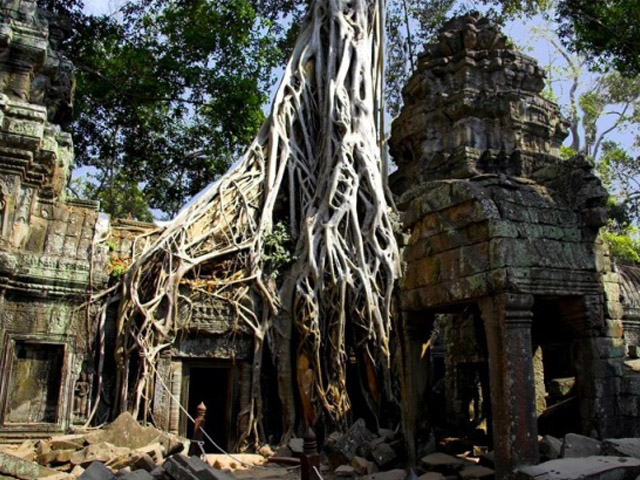 This was the temple chosen by the Ecole Francaise d'Extreme-Orient to be left in its natural state, as an example of how most of Angkor looked on its discovery in the 19th century. This was an inspired decision, and involved a significant amount of work to prevent further collapse and enough clearing of vegetaton to allow entry. It has been maintained in this condition of apparent neglect. All in all, Ta Prohm has the romantic appeal of, say, a Piranesi ruin: partly overgrown and gently declining.
This was the temple chosen by the Ecole Francaise d'Extreme-Orient to be left in its natural state, as an example of how most of Angkor looked on its discovery in the 19th century. This was an inspired decision, and involved a significant amount of work to prevent further collapse and enough clearing of vegetaton to allow entry. It has been maintained in this condition of apparent neglect. All in all, Ta Prohm has the romantic appeal of, say, a Piranesi ruin: partly overgrown and gently declining.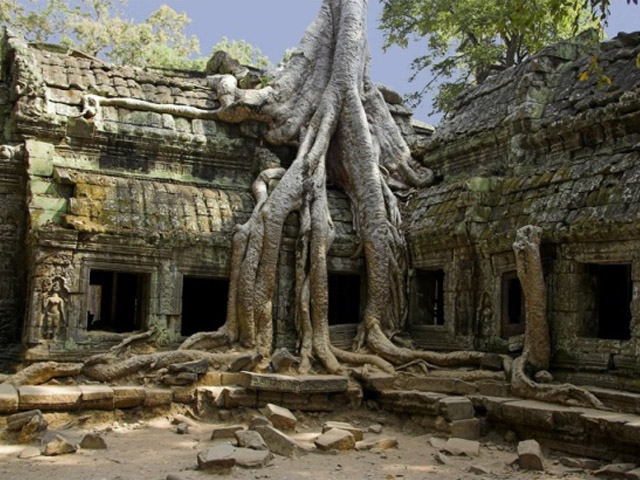 Ta Prohm (តាព្រហ្ម) - One of the major temples of Jayavarman VII - in fact a temple monastery - Ta Phrom features a set of concentric galleries with corner towers and 'gopuras', but with many other additional buildings and enclosures. The complexity of its layout is increased by its partly collapsed state, with trees interlaced among the ruins. According to its stele, which until recently was 'in situ', the principal divinities of Ta Prohm were installed in 1186 to transfer merit to the king's mother.
Ta Prohm (តាព្រហ្ម) - One of the major temples of Jayavarman VII - in fact a temple monastery - Ta Phrom features a set of concentric galleries with corner towers and 'gopuras', but with many other additional buildings and enclosures. The complexity of its layout is increased by its partly collapsed state, with trees interlaced among the ruins. According to its stele, which until recently was 'in situ', the principal divinities of Ta Prohm were installed in 1186 to transfer merit to the king's mother.